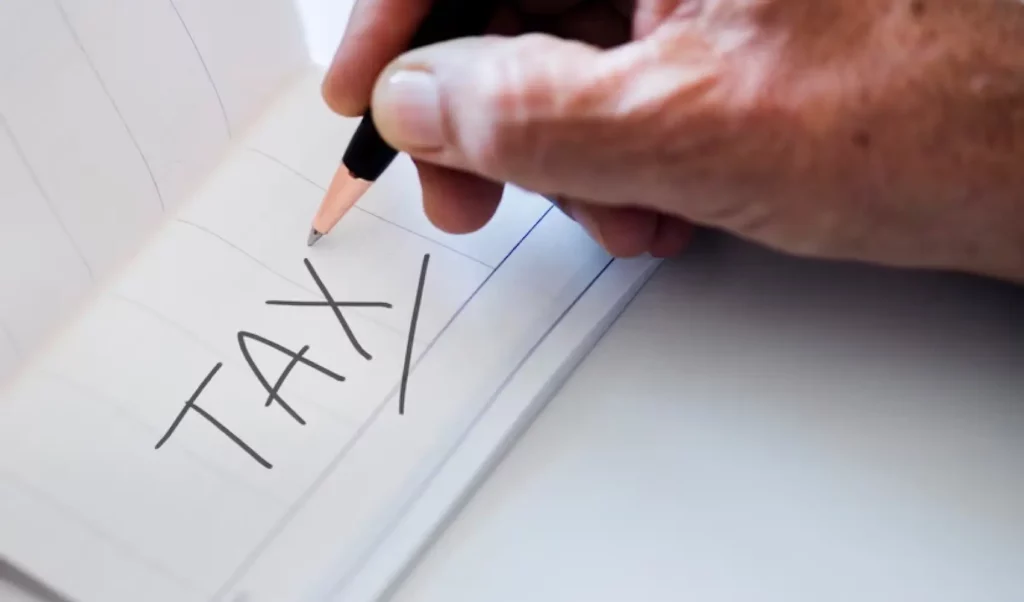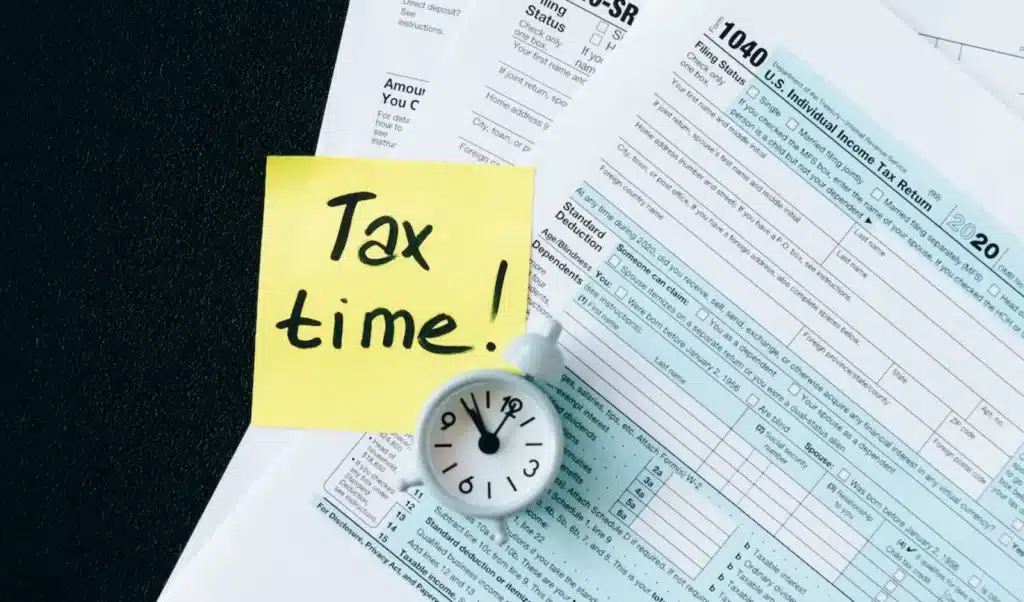The Bankruptcy Process For Someone With Medical Debt from Stephen Kass
Many people think bankruptcy only happens to people who were financially irresponsible. In fact, over 60 percent of all bankruptcies are caused by medical bills, and it wasn’t always because the person didn’t have insurance. Whether it’s due to a high deductible, policy exclusions for emergency transportation or certain treatments, or no coverage for lost time from work, a hospital visit can quickly ruin the finances of even the most financially prudent people.
Here’s an example of how things can quickly snowball
- Sudden illness with a hefty hospital bill
- Extended recovery leading to no pay and being laid off from work
- Other bills start adding up — the average U.S. job search is nine months
- The new job doesn’t pay enough to catch up on bills and cover interest
- Credit cards or other loans go into default
- The first lenders to file lawsuits receive a wage garnishment making the remaining bills impossible to pay
- Even if the mortgage has been paid up until this point, the bank threatens to initiate foreclosure unless all bills are paid in full — an impossible task at this point
There is a way out through bankruptcy.
- Filing for bankruptcy puts debt collectors on hold.
- This includes no car repossession and no home foreclosure.
- During bankruptcy, a manageable Chapter 13 bankruptcy payment plan will be created for those with a regular income, and others will have the option of filing for a Chapter 7 liquidation bankruptcy (a house, car, and other essential belongings are generally exempt).
- As long as the terms of the bankruptcy plan are met, any remaining debts will be discharged.
If you feel like your debts are starting to snowball, contact a bankruptcy attorney as soon as possible. While a bankruptcy is a major life decision, it may very well be the fastest way to eliminate stress, move on with your life, and secure your financial future.







